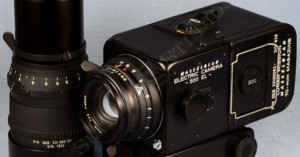
Conspiracy Theorists, Look at These Photos of Apollo Modules on the Moon
Many conspiracy theories retain a foothold along the edges of society. Some of them are relatively innocent; others are downright dangerous. But few persist and propagate as effectively as conspiracies surrounding the Apollo 11 Moon landing.



























